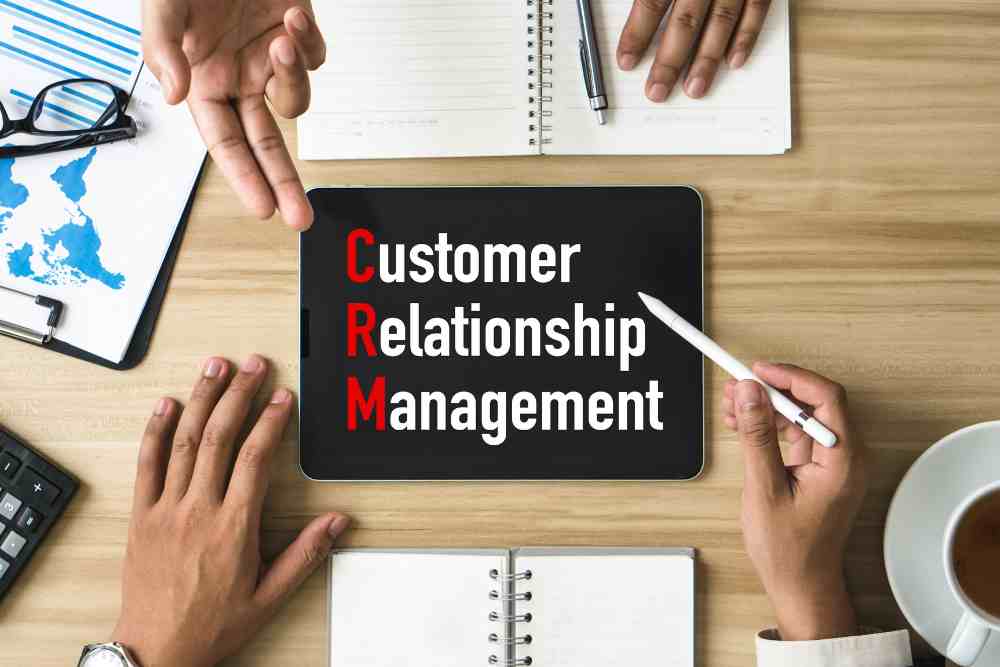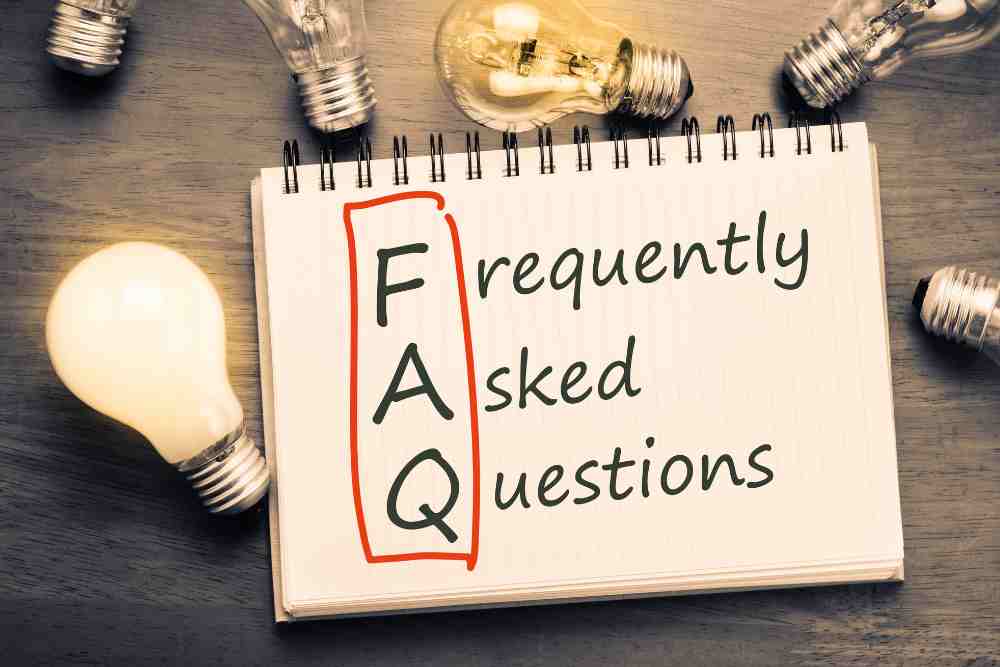How to Use a CRM System for Data Gathering

Customer Relationship Management (CRM) systems have become an essential tool for businesses of all sizes. These systems not only help in managing customer relationships but also play a crucial role in data gathering. By effectively utilizing a CRM system, businesses can collect valuable data that can be used to make informed decisions, improve customer experiences, and drive business growth. In this article, we will explore the various ways in which a CRM system can be used for data gathering and the benefits it can bring to businesses.
1. Centralized Data Storage
One of the primary functions of a CRM system is to provide a centralized location for storing customer data. Instead of having scattered information across different platforms and departments, a CRM system allows businesses to consolidate all customer-related data in one place. This centralized data storage makes it easier to gather and analyze information, as well as ensure data accuracy and consistency.
For example, let’s consider a small e-commerce business that uses a CRM system. With the CRM, they can store customer contact details, purchase history, preferences, and interactions in a single database. This centralized data storage enables the business to gather insights about customer behavior, identify trends, and personalize marketing campaigns based on individual preferences.
2. Automated Data Collection
A CRM system can automate the process of data collection, eliminating the need for manual entry and reducing the chances of human error. By integrating with various data sources such as website forms, social media platforms, and email marketing tools, a CRM system can automatically capture and update customer information in real-time.
For instance, when a customer fills out a contact form on a website, the CRM system can automatically create a new lead record and populate it with the provided information. This automation not only saves time but also ensures that no valuable data is missed or lost in the process.
3. Customizable Data Fields
A CRM system allows businesses to customize data fields according to their specific needs. This flexibility enables businesses to gather the exact information they require to understand their customers better and make data-driven decisions.
For example, a marketing agency may want to collect data on the industry and company size of their leads to segment them effectively. With a CRM system, they can easily create custom fields for these attributes and gather the necessary data during the lead capture process. This data can then be used to tailor marketing campaigns and provide more relevant content to different segments.
4. Integration with External Systems
A CRM system can integrate with various external systems, such as email marketing tools, customer support software, and e-commerce platforms. This integration allows businesses to gather data from multiple sources and consolidate it within the CRM system.
For example, consider a retail business that uses an e-commerce platform to sell products online. By integrating the e-commerce platform with their CRM system, they can gather data on customer purchases, order history, and product preferences. This data can then be used to personalize marketing messages, recommend related products, and provide a seamless customer experience across different channels.
5. Data Analysis and Reporting
A CRM system provides powerful data analysis and reporting capabilities, allowing businesses to gain valuable insights from the gathered data. By generating reports and visualizations, businesses can identify patterns, trends, and correlations that can inform their decision-making process.
For instance, a software company may use a CRM system to track customer interactions and support tickets. By analyzing this data, they can identify common issues faced by customers and take proactive measures to address them. This not only improves customer satisfaction but also helps in reducing support costs and increasing customer retention.
6. Case Study: XYZ Company
Let’s take a look at a real-life example of how a CRM system helped XYZ Company gather valuable data and drive business growth.
XYZ Company, a B2B software provider, implemented a CRM system to streamline their sales and marketing processes. By using the CRM system, they were able to gather data on customer interactions, purchase history, and preferences. This data allowed them to segment their customers effectively and personalize their marketing campaigns.
Through data analysis, XYZ Company discovered that a significant portion of their customers were using their software for a specific use case. Armed with this information, they decided to create a targeted marketing campaign highlighting the benefits of their software for that particular use case.
The campaign resulted in a 30% increase in leads and a 20% increase in conversions. By leveraging the data gathered through their CRM system, XYZ Company was able to identify a lucrative market segment and tailor their marketing efforts accordingly.
Get Your FREE 14-Day Trial and Take Your Business To The Next Level with an All-In-One Sales and Marketing Platform for businesses, agencies and marketers.
A CRM system is not just a tool for managing customer relationships; it is also a powerful tool for data gathering. By utilizing a CRM system effectively, businesses can centralize their data storage, automate data collection, customize data fields, integrate with external systems, and analyze data for valuable insights. The case study of XYZ Company demonstrates how a CRM system can drive business growth by leveraging the gathered data. So, if you want to take your business to the next level, consider implementing a CRM system like SaasExpert.ca – Your All-In-One Sales and Marketing Platform for small businesses, agency owners, and marketers.
Learn more about “The benefits of Using CRM to store business data” right here.
Frequently asked questions about How to Use a CRM System for Data Gathering.

What are the key features to leverage when gathering data using CRM? 🧐
In the bustling world of customer management, a CRM (Customer Relationship Management) system is like a Swiss army knife – multifunctional and indispensable. Here are the standout features to maximize data gathering:
Contact Management 📇: One of the primary functionalities! This lets you add, manage, and track all client details – from basic information to personal preferences.
Interaction Tracking 📞: Every call, email, or in-person meeting can be logged, ensuring you have a comprehensive view of customer interactions.
Lead Scoring 📊: This feature helps prioritize potential customers. By gathering data on a lead’s behavior, you can allocate your resources effectively.
Integration Capabilities 🔗: From email marketing tools to social media platforms, integration allows data from multiple sources to flow seamlessly into your CRM.
Custom Fields & Forms ✍️: Tailor data collection tools according to your specific needs, ensuring you capture every vital piece of information.
Leveraging these features ensures that your CRM system becomes more than just software – it becomes the backbone of your business intelligence efforts.
How can I ensure the quality of data being gathered through CRM? 🧹
The age-old saying, “Garbage in, garbage out,” holds true for CRM. Here’s how you can maintain data hygiene:
Regular Audits 🕵️: Schedule periodic checks. Look for redundancies, inaccuracies, or missing data and rectify them immediately.
Mandatory Fields 🚫: Make vital fields (like email or phone number) mandatory. This ensures that no essential data slips through the cracks.
Use Data Validation Rules 📏: By setting predefined formats (e.g., email formats or date structures), you can ensure consistency and reduce errors.
Employee Training 📚: Your CRM is only as good as its users. Regularly train staff on the importance of data quality and how to use the system correctly.
Feedback Mechanism 🔄: Allow users to report issues or discrepancies they find in the system. This crowd-sourced approach can catch errors more quickly.
Remember, quality data is the fuel for insightful decision-making. Keep it clean, organized, and accurate!
How can I use CRM for data gathering in sales and marketing? 🎯
Blending CRM’s data gathering prowess with sales and marketing is like mixing peanut butter and jelly – a match made in heaven! Here’s how:
Track Customer Journeys 🛤️: From initial contact to final sale, CRM can help map out each customer’s journey, providing invaluable insights for strategy formulation.
Segmentation 🧩: By categorizing customers based on behavior, preferences, or demographics, targeted marketing campaigns can be designed to resonate more effectively.
Lead Generation 🎣: Track potential customers, gather data on their interests, and nurture them with tailored content until they’re ready to make a purchase.
Feedback Collection 🎤: Using CRM tools, gather customer feedback post-purchase or post-campaign to refine strategies further.
Performance Analytics 📈: Measure the efficacy of sales pitches or marketing campaigns by analyzing conversion rates, customer engagements, or other relevant metrics.
When CRM becomes the navigator, the voyage of sales and marketing becomes more strategic, targeted, and fruitful.
How can CRM help in gathering data from social media? 📱
In today’s digital age, ignoring social media is business blasphemy! Thankfully, modern CRM systems are equipped to dive deep into the social sphere:
Social Listening 🔍: Track mentions of your brand or relevant keywords. Understand sentiments and gauge brand perception.
Integration with Social Platforms 🔄: Directly pull data from platforms like Twitter, Facebook, or LinkedIn. This aids in consolidating customer interactions across channels.
Demographic Data Collection 🌍: Get insights into the age, location, and interests of your followers or customers, refining targeting strategies.
Engagement Metrics 📌: Measure likes, shares, comments, and more. Understand what content resonates and why.
Lead Capture from Social Campaigns 🎣: Convert social media engagements into potential leads. Gather data on those showing interest and nurture them through the sales funnel.
Harnessing the power of CRM in the social realm ensures you’re not just hearing but truly listening to the digital heartbeat of your audience.
Can CRM help gather data from website interactions? 🌐
Absolutely! Your website is often the first point of contact with potential customers. With CRM:
Website Analytics Integration 📊: Integrate tools like Google Analytics. Understand visitor behavior, page views, bounce rates, and more.
Form Submissions 📩: Any form – be it a contact form, feedback, or subscription – can channel data directly into the CRM.
Live Chat Integrations 💬: Capture queries, complaints, or feedback from live chat interactions. Turn these engagements into actionable insights.
Track User Behavior 🧠: Understand which products or services gain the most traction. Gauge interest levels and tailor strategies accordingly.
Automated Responses 🤖: With the data gathered, set up automated email responses for inquiries, ensuring customers feel acknowledged instantly.
With CRM’s ability to tap into website interactions, businesses transform their digital storefronts into rich data mines, paving the way for enhanced customer experiences and strategic decision-making.






